The History of the Tablet
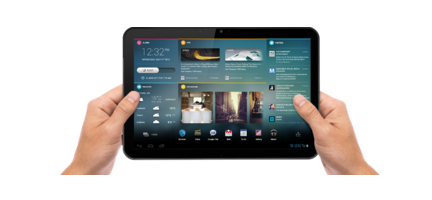
Contrary to popular belief, the tablet did not suddenly appear in 2010. In fact, the history of the tablet is quite rich. Though devices like the personal computer had a fairly straightforward path, the tablet was different. Today, we will be taking a look at some key points in the history of the tablet from concept to the current market of more than 1 billion users.
The early days
As with many other devices that are in use today, the first tablets actually appeared in works of fiction. Aside from Star Trek, which has portrayed so many modern concepts, the most prominent example comes from Kubrick’s 2001: A Space Odyssey.
The portable device broadcasting a wireless video would not look out of place in any home nowadays. Back then, however, it was nothing more than a vision of the future. The first tablets appeared in the 1980s and were originally much different than what you might expect.
The first item on our list is the Linus Write-Top, a forgotten piece of history that nevertheless deserves a mention. The device, which is pictured below, was a stylus-equipped tablet which could store and recognize handwriting.
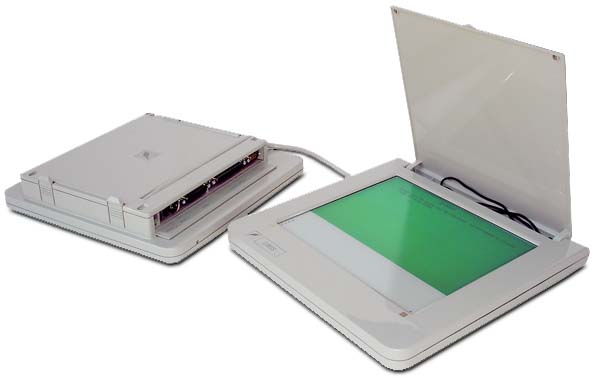
The Linus was released in 1987, weighed 4kg, and cost between $2,700-$3,600. Though it was certainly ahead of its time, its price and bulk made it an unattractive choice. In the end, it ended up selling very few units and was quickly pushed aside.
During the same period, Apple organized the ‘PC of the Year 2000’ challenge. University students were invited to demonstrate their own visions of personal computing and the winner was the aptly-named “TABLET” from the University of Illinois. In essence, it looked like a tablet revolution was at hand.
Military and business
As we have seen before, both the military and high-powered executives have traditionally been among the first entities to adopt new technologies. This time, their attention was turned to the GRiDPad. The device, which is considered by some as the first true tablet, ran MS-DOS and was operated via a stylus.
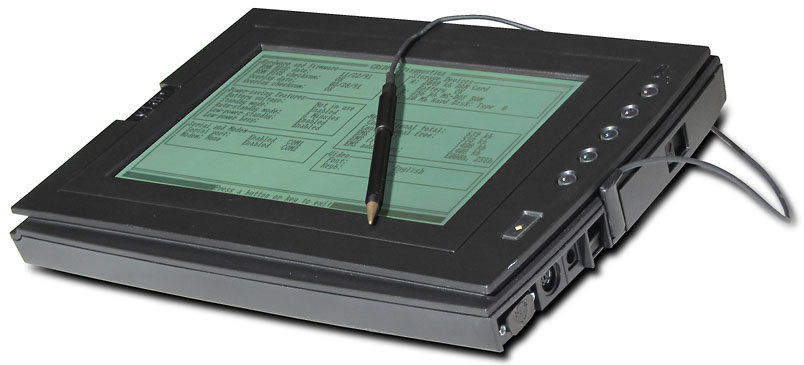
Once again, price and bulkiness issues prevented it from being a success. Despite that, it was an important device not just because of how it operated but also because its creator would be inspired to work on similar devices in the future, as we will see further on.
Focusing away from tablets
The lack of advanced hardware, limited uses, and steep prices turned tablets away from the public eye. For a few years, nothing new was going on in the market. Instead of focusing on tablet technology, companies soon turned their gazes onto a new trend; the Personal Digital Assistant (PDA).
Though Apple had started working on tablet projects internally in 1987, it wasn’t until 1993 that the world would get to see the Newton, the first of the MessagePad line. Apple’s then-CEO John Scully was actually the first to officially use the term PDA.
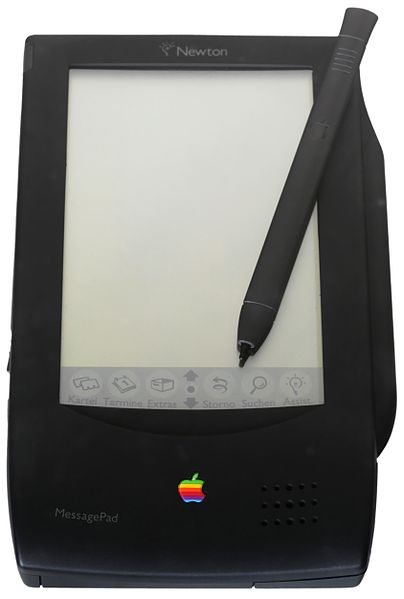
During that same period, a sleuth of similar devices entered the market. The Newton’s biggest competitor was probably the EO/AT&T Personal Communicator. Apple’s device ran on the internally designed Newton OS whereas the Communicator ran on the PenPoint OS. The same operating system would later be used in other early tablets, including IBM’s ThinkPad 700T series of tablet/notebooks.
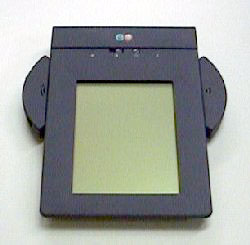
The Newton and Communicator may have been innovative in some regards but they suffered from various issues and very high prices. There was growing dissent amongst tech enthusiasts and it didn’t seem like this whole tablet idea would be taking off after all.
The answer, however, came from Jeff Hawkins. Hawkins, who essentially created the GRiDPad, took his ideas and applied them to his own company, Palm Inc. The result was the Palm Pilot, the first extremely affordable PDA that may have well paved the way for future tablets.
The new century
PDAs had proven to be far more viable and popular than any concept of tablets but there were some in the industry who still envisioned a tablet-heavy future. One of them was Bill Gates and in 2000, he introduced the world to his concept of the so-called Tablet PC.
By 2002, Microsoft showcased the Windows XP Tablet Edition and tried to get manufacturers to adopt a new trend. Though some of them did come on board, they mostly focused on creating fully-fledged PCs aimed at a business audience.
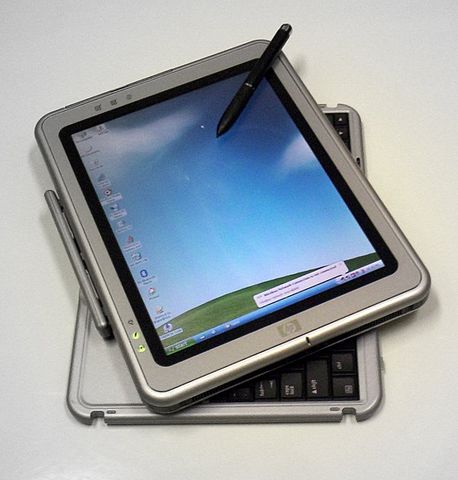
This time, however, that audience was not interested. Gates predicted that tablets would become the next big thing in computing over the next five years but his company’s vision did not make that happen.
In the next few years, there were plenty of attempts to introduce tablets to a wider audience. The $2,000+ Moting Computing LS800 and the Compaq TC1000, for instance, both tried to create a working PC in a small factor.
The key turning point, however, was an unexpected one. Amazon’s very first Kindle, which came out in 2007, moved away from the concept of the high-powered tablet and into a much more specialized area.
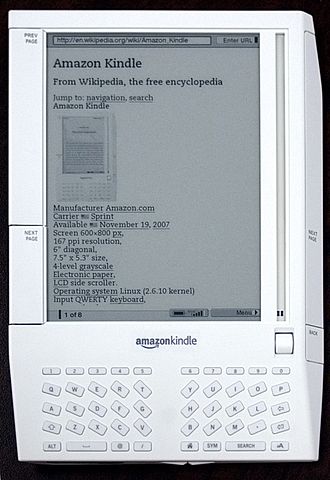
Though it was far from flawless, it still showed that there was an actual demand for a dedicated, low-cost, tablet-like device.
The iPad and beyond
There is no denying that Apple changed the tablet market with the release of the first iPad in 2010. Though one could sit and argue just how useful tablets are all day long, there is no denying that Apple found the perfect time to introduce this kind of technology to the world at large.
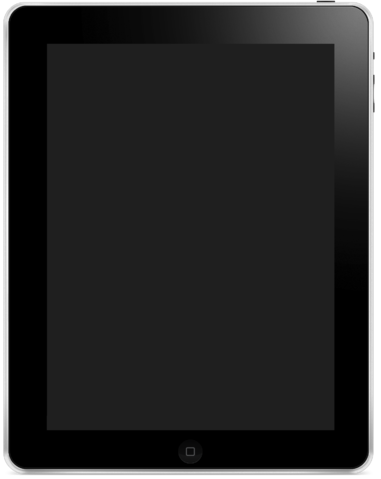
The iPad line brought the tablet to the homes of millions of people. It made the device commonplace and opened up a multi-billion-dollar market that plenty of tech companies have entered with varying degrees of success.
As a single entity, Apple still dominates the market. Though Android holds 65 percent of the tablet market share, no single company has managed to surpass Apple in this area. After all, the iPad is still synonymous with the tablet in many circles.
Amazon’s new Kindles, Microsoft’s Surface, Samsung’s Galaxy Tabs, and Lenovo’s Yoga series would not have existed without the aforementioned early innovations but also Apple’s timely introduction of the iPad.
Conclusion
Today we have looked at some key points in the history of the tablet. Though there are plenty of more products to look at, we have covered quite a wide area. This list is by no means exhaustive so if you have something to add to the discussion, please leave a comment below!



